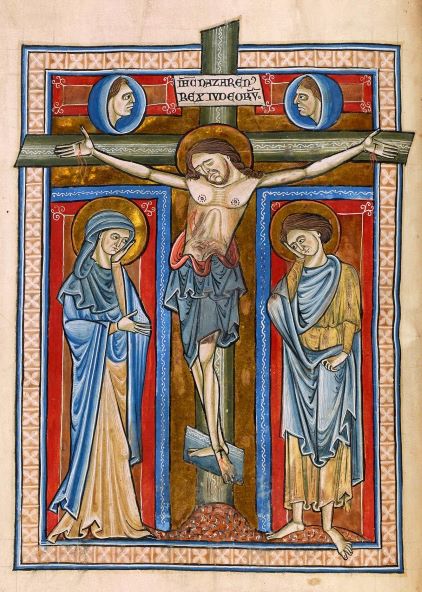One of the aspects which fascinated me the most about Dracula is the way in which it brings together the ancient and the modern. The vampire is a monster which is centuries old and previously only existed in the myths and legends of the far-distant past. However, Stoker imagines a world in which this ancient creature collides with the modern world and wreaks havoc in it. Dracula targets the city of London, the center of the modern world. The heroes of Stoker’s story are all Londoners who champion modern values—especially the power of science and rationality. However, when pitted against the vampire, they are left helpless. In order to fight this ancient monster, they must to turn to the old world. The only tools which the team has against Dracula are religious objects, which possess an almost magical influence over the vampire. Arguably the most powerful of these is the crucifix—a religious symbol which Jonathan notes he had, “been taught to regard with disfavour and as idolatrous” (26). The crucifix was not part of the Protestant tradition associated with modern England, but rather the Catholic—a tradition and institution which saw its prime in the middle ages. This subtle distinction reveals yet again how Stoker reaffirms the power of the ancient and the archaic. However, in the end, the heroes of the story achieve victory because they are able to effectively use the weapons they have at their disposal. The team uses rational thinking and science to piece together the mystery at the beginning of the book and outwit their opponent at the end. Thus, it is the combination of the ancient and the modern which ultimately proves effective.
The tension between the ancient and modern in Dracula can be viewed as analogous to the tensions in Ireland at the time. Efforts to achieve independence were gaining new strength in Stoker’s day and Ireland was a country torn politically, religiously, and culturally. Part of the country had been transformed by centuries of English influence, adopting the English language, Protestant religion, and much of the culture and ideals of modern England. However, much of the country remained relatively untouched by this influence—retaining the Catholic religion, the Irish language, and the cultural heritage of ancient Ireland. In Dracula, these two poles stand in opposition—yet victory is only achieved in the end by bringing the two into harmony. Stoker calls for unity in Ireland and suggests that progress is only possible when these conflicting sides come together.

